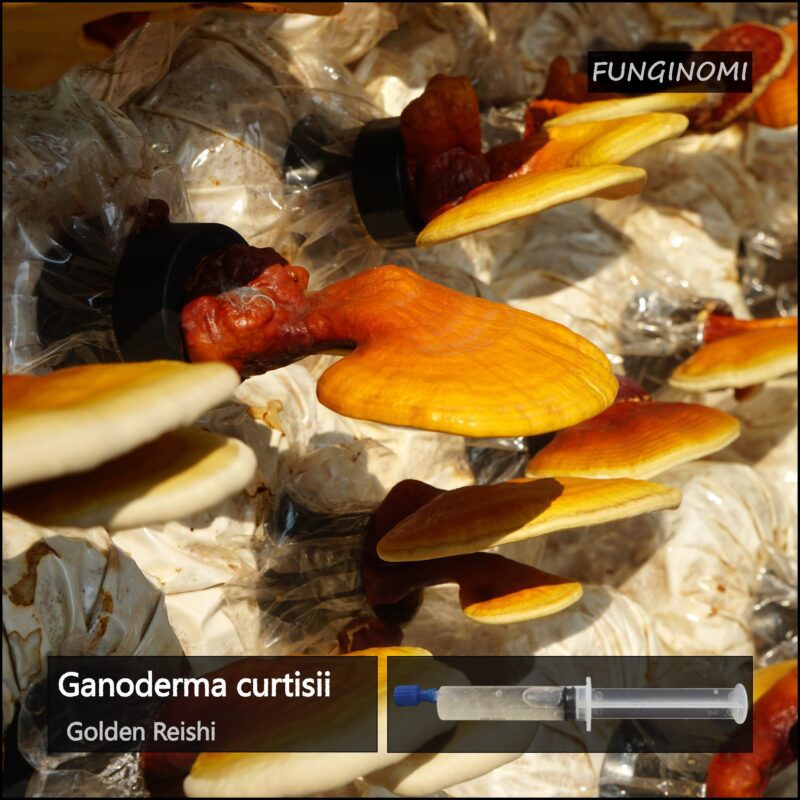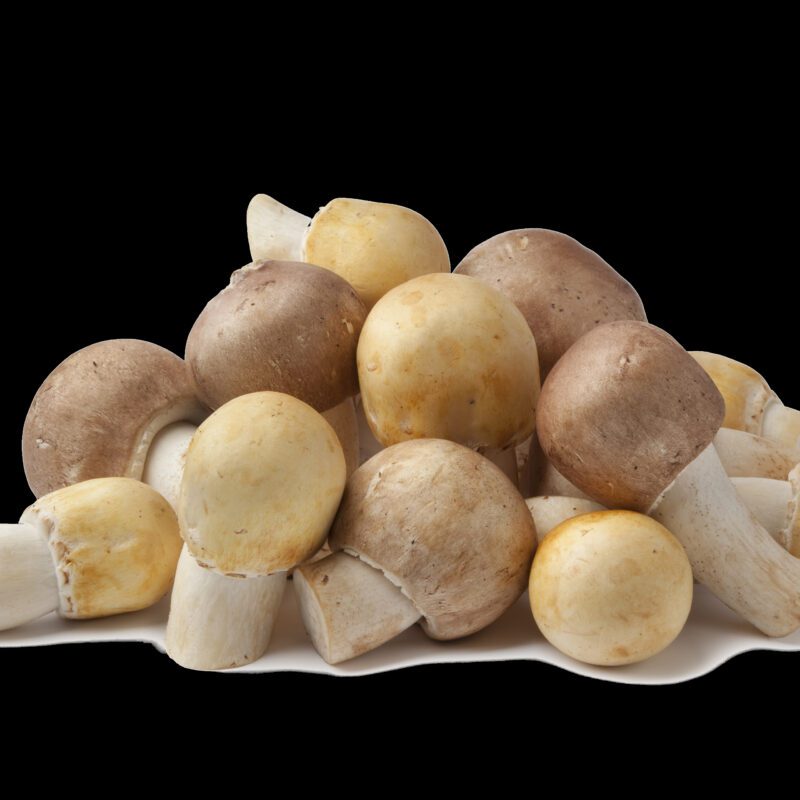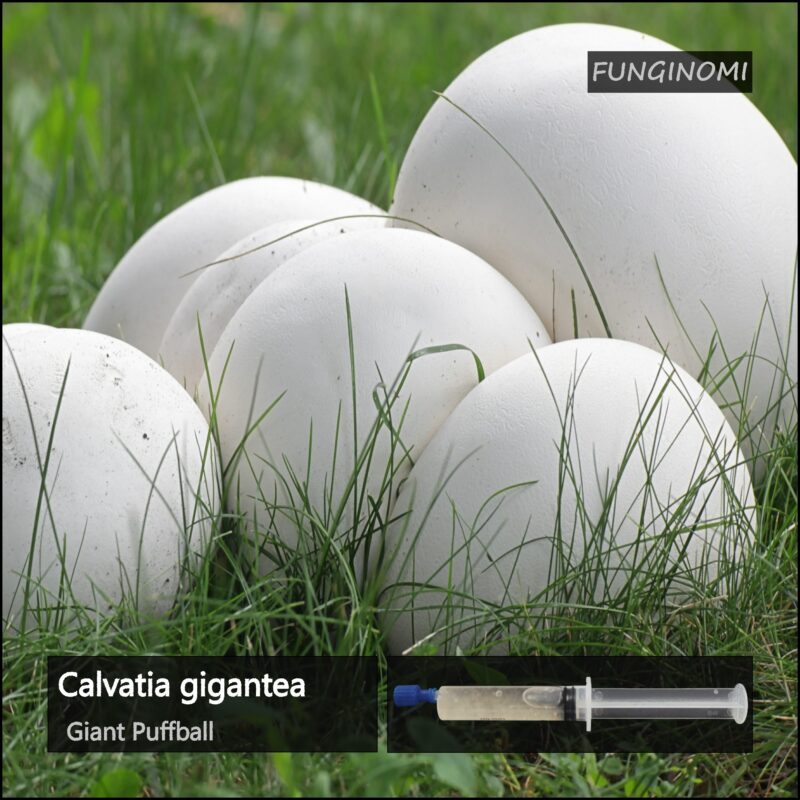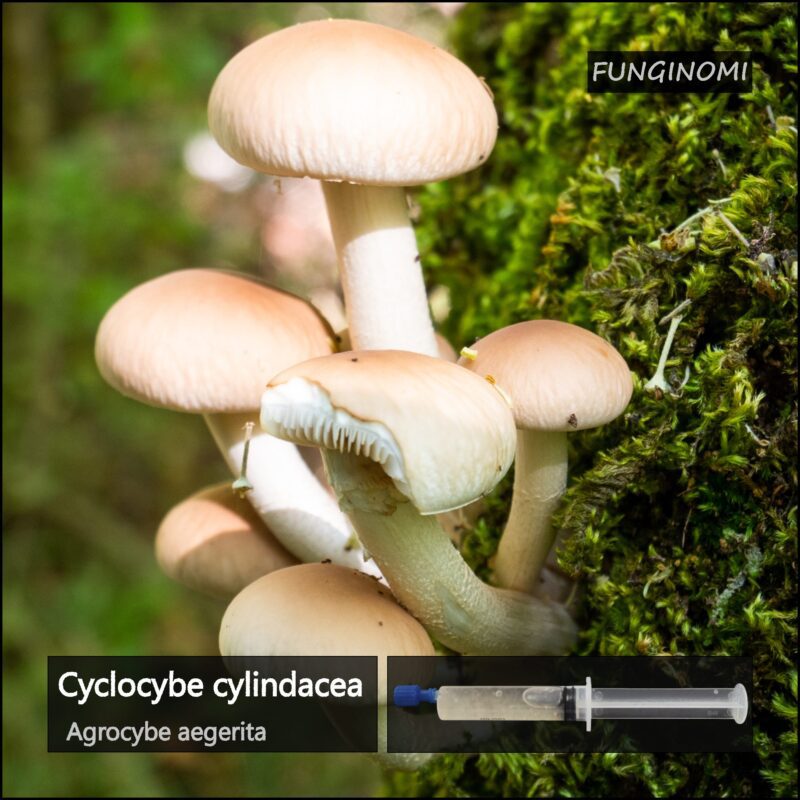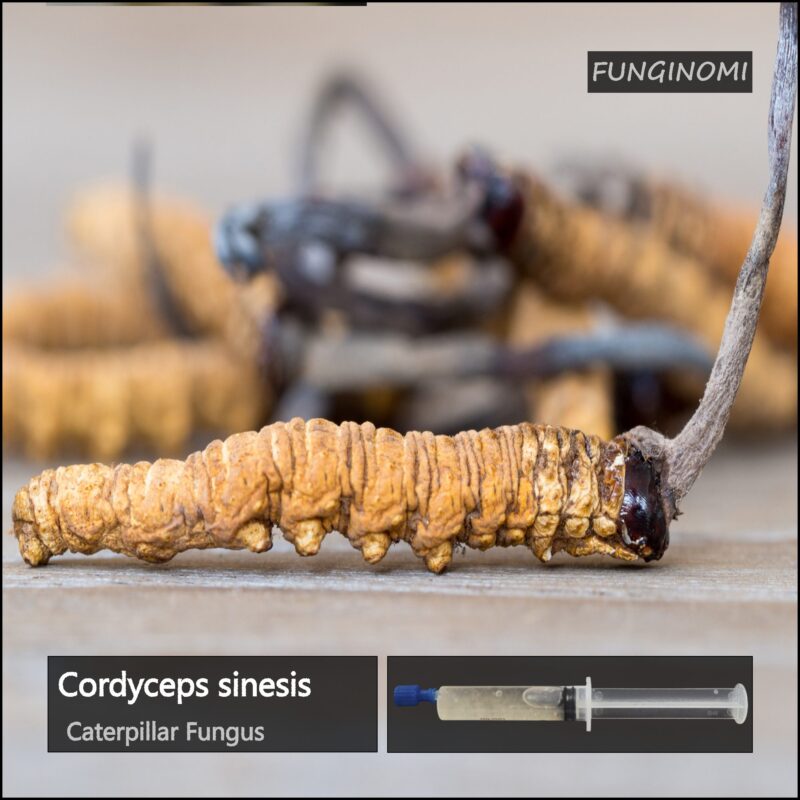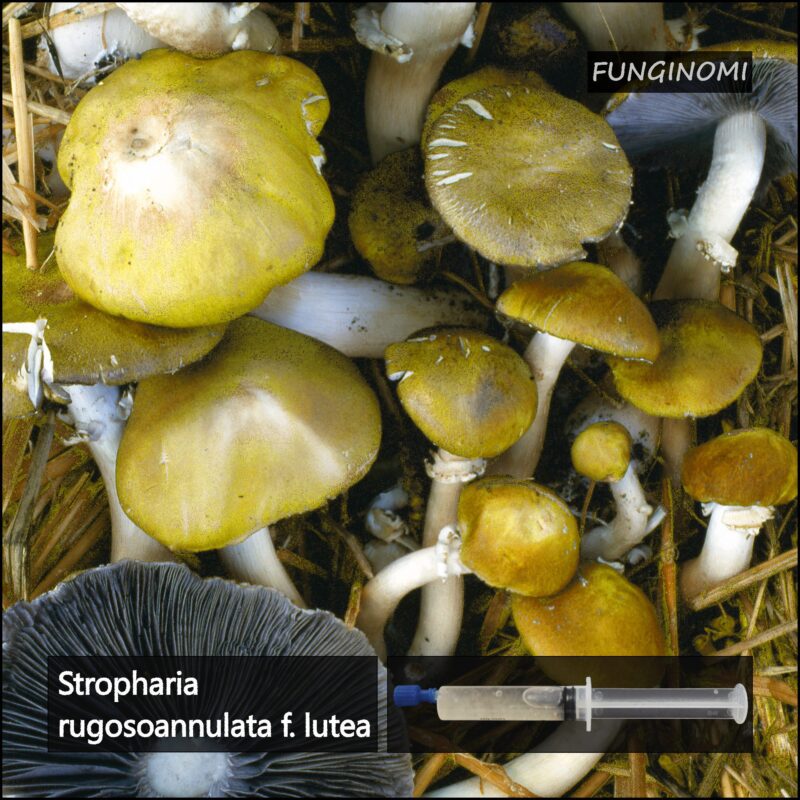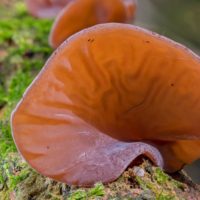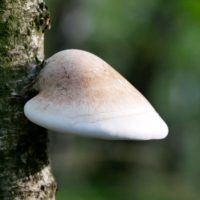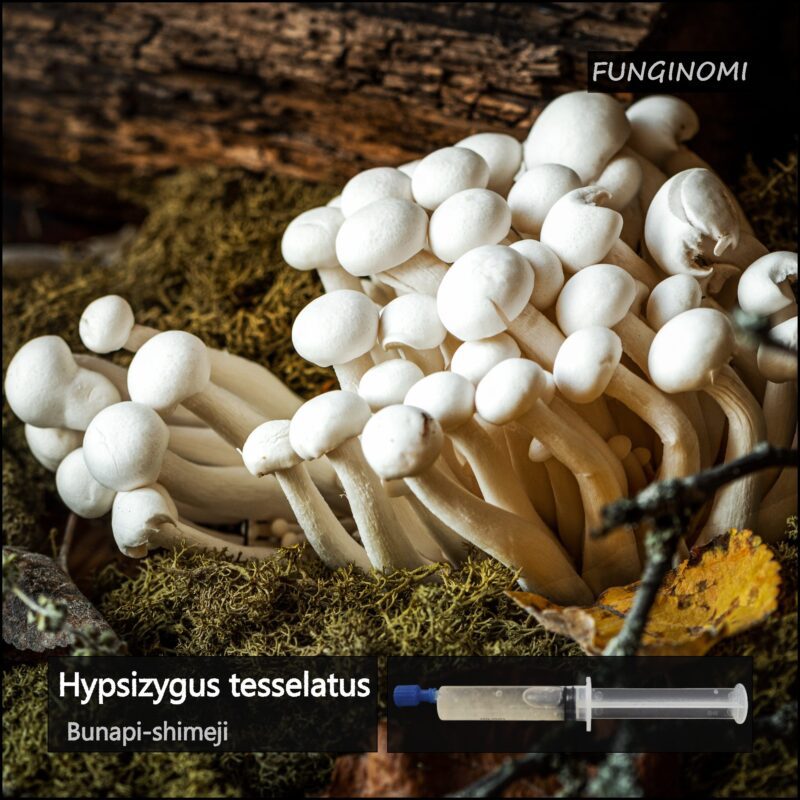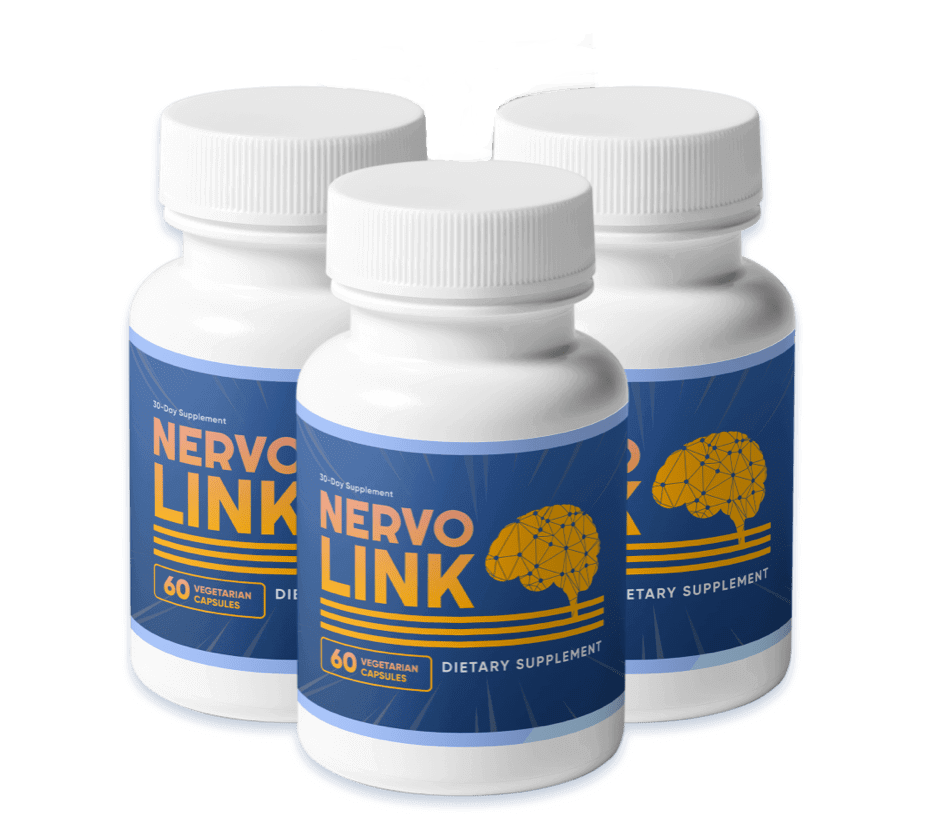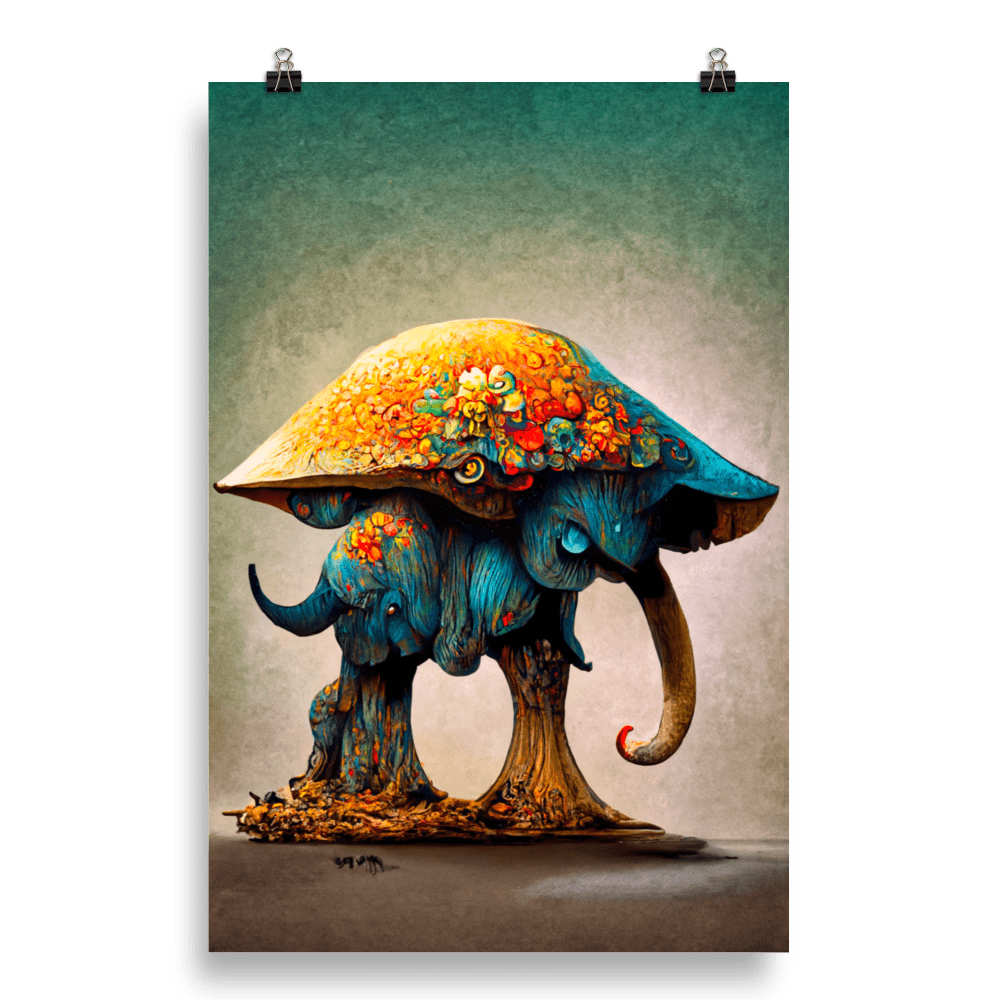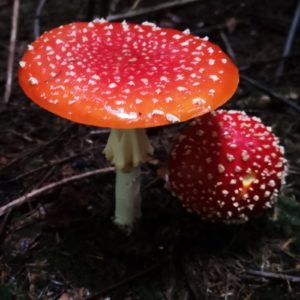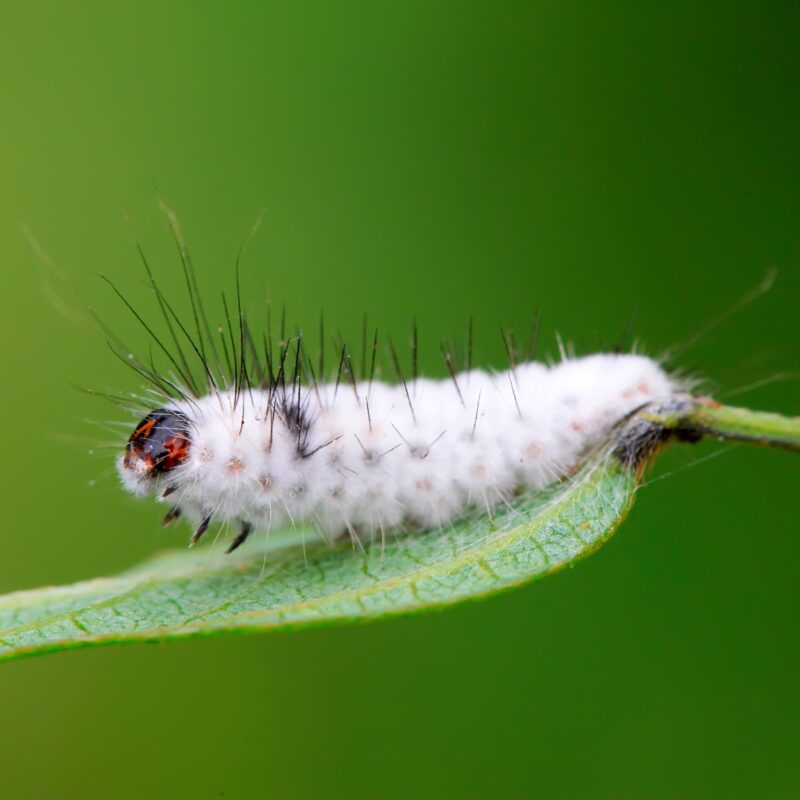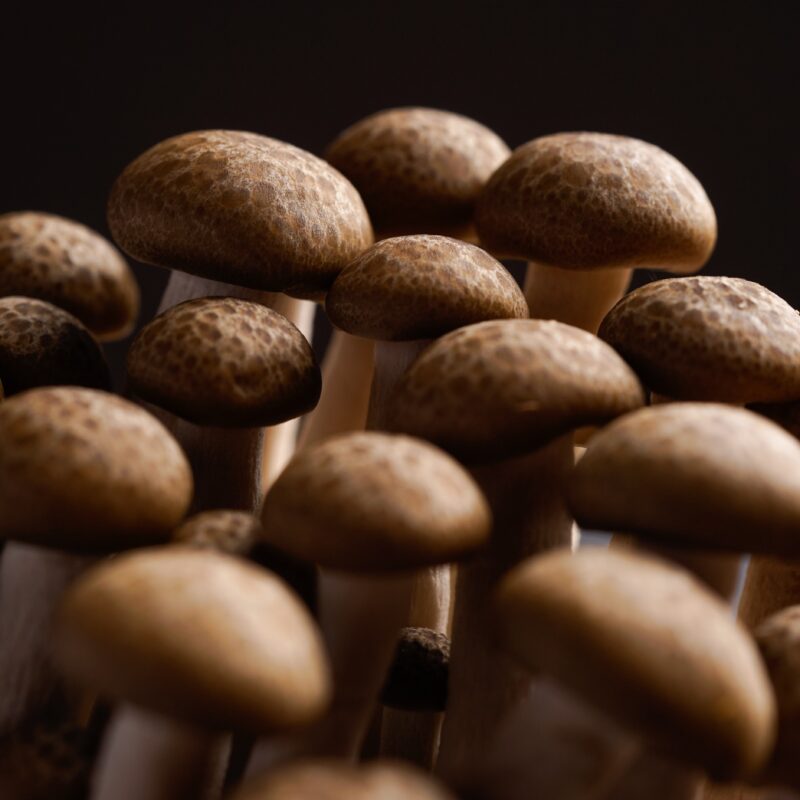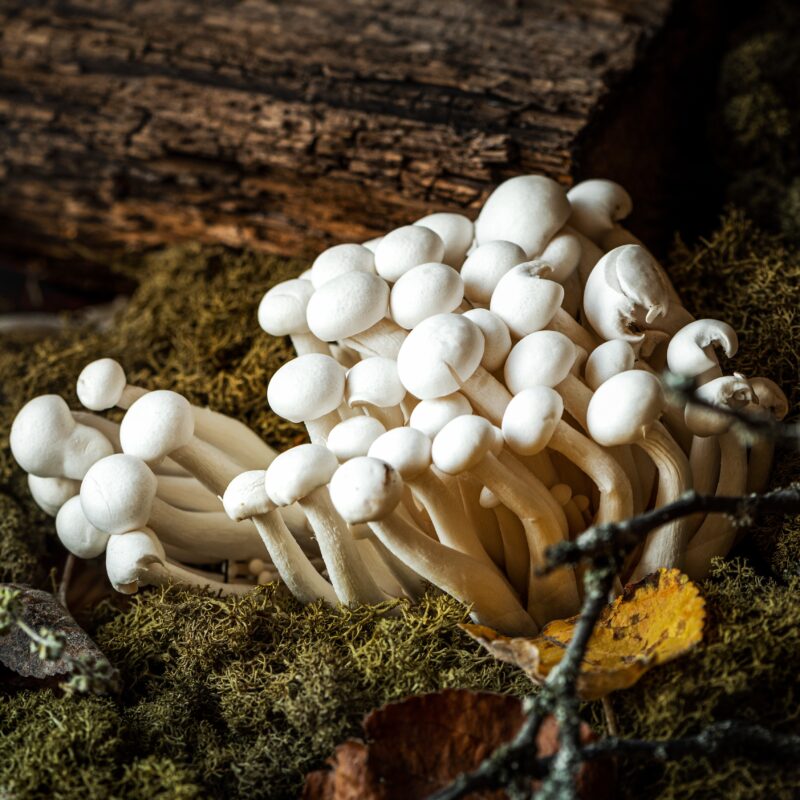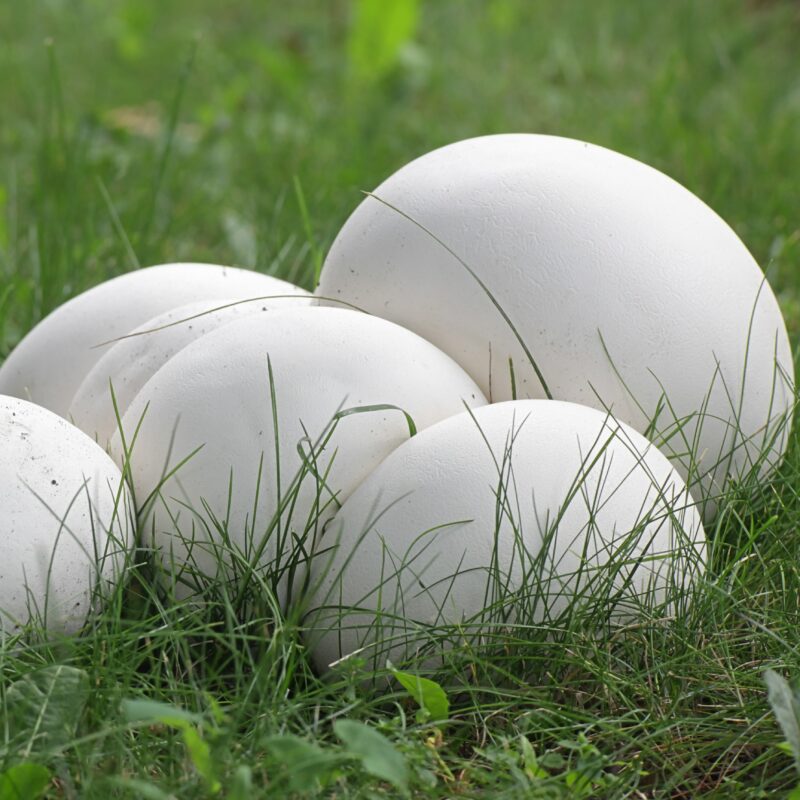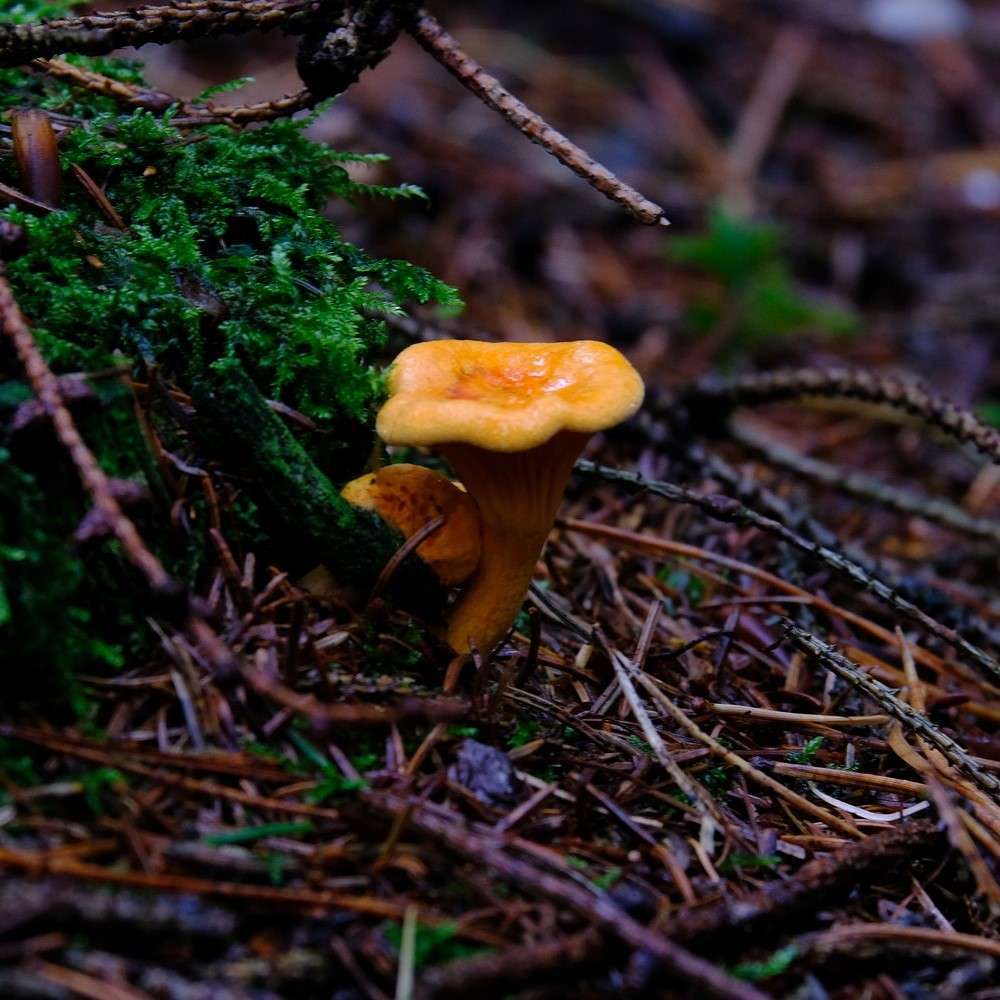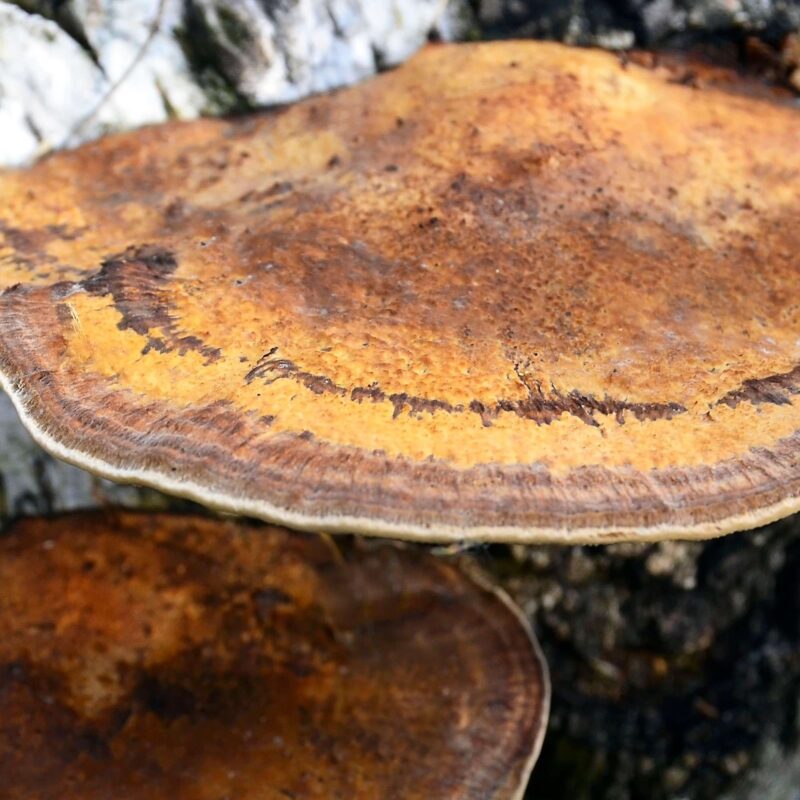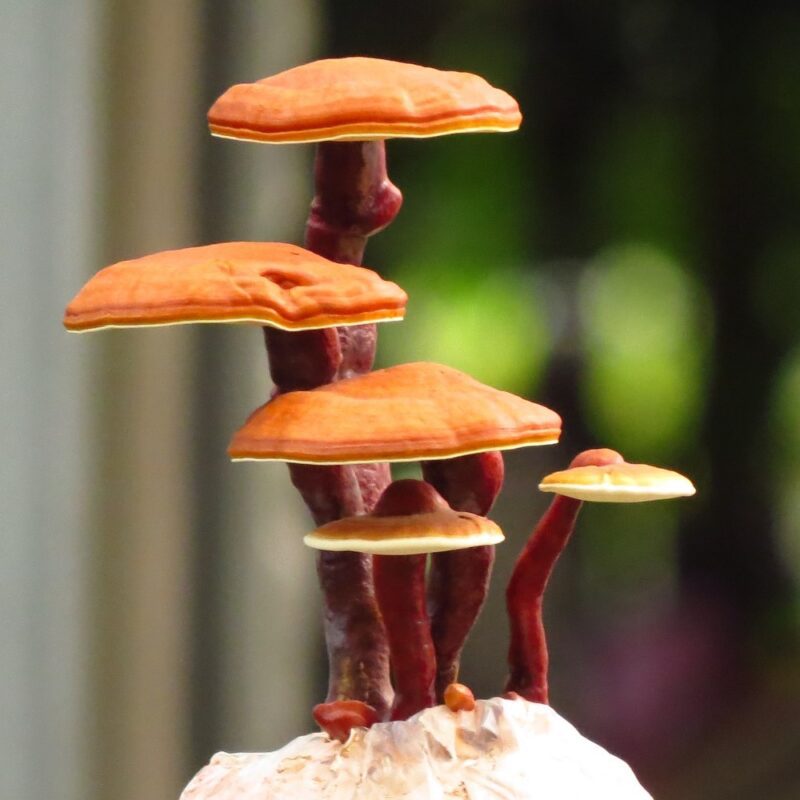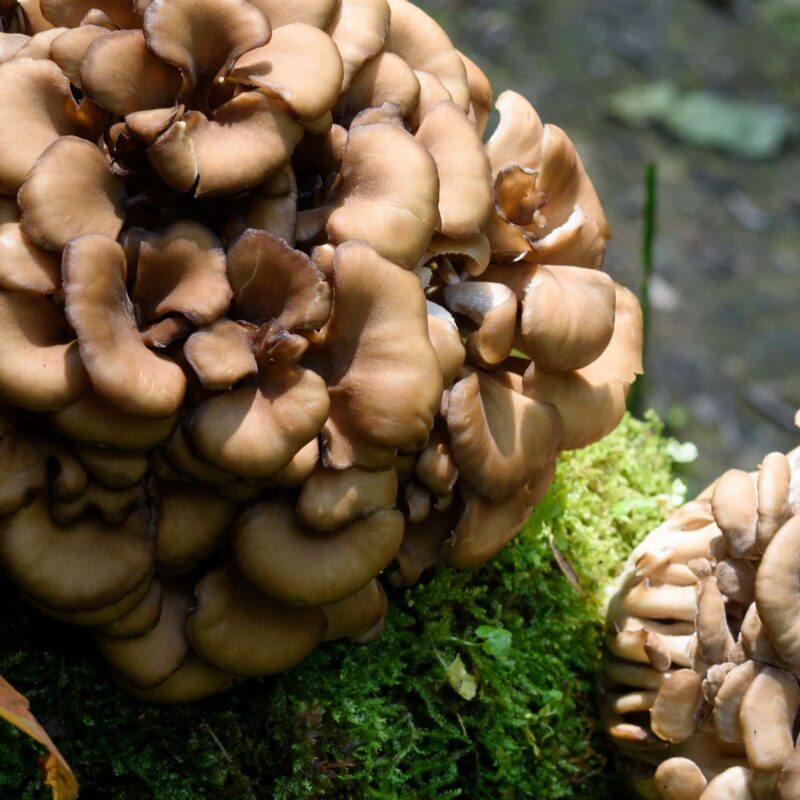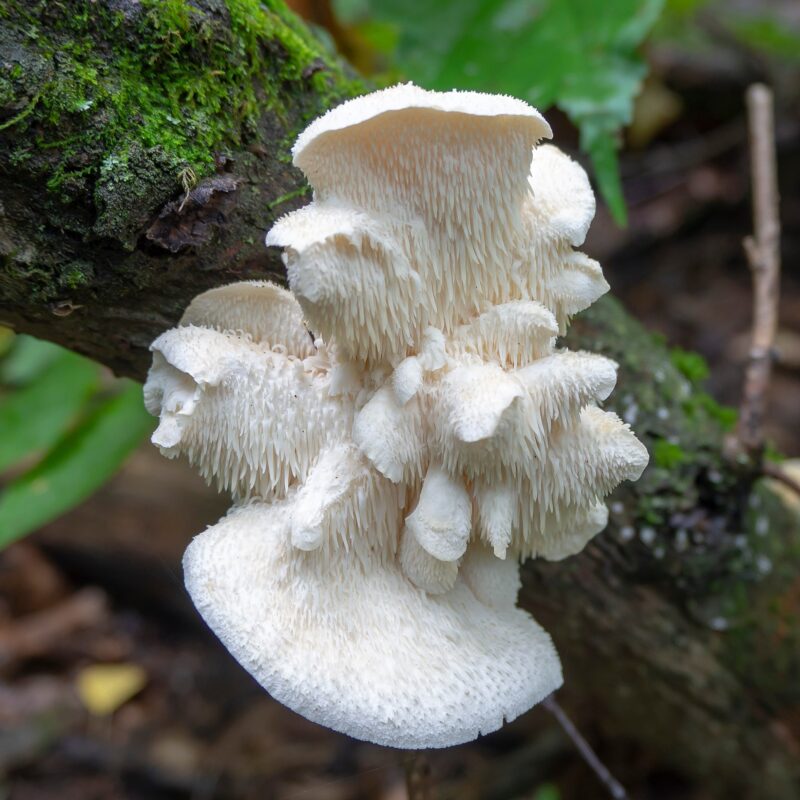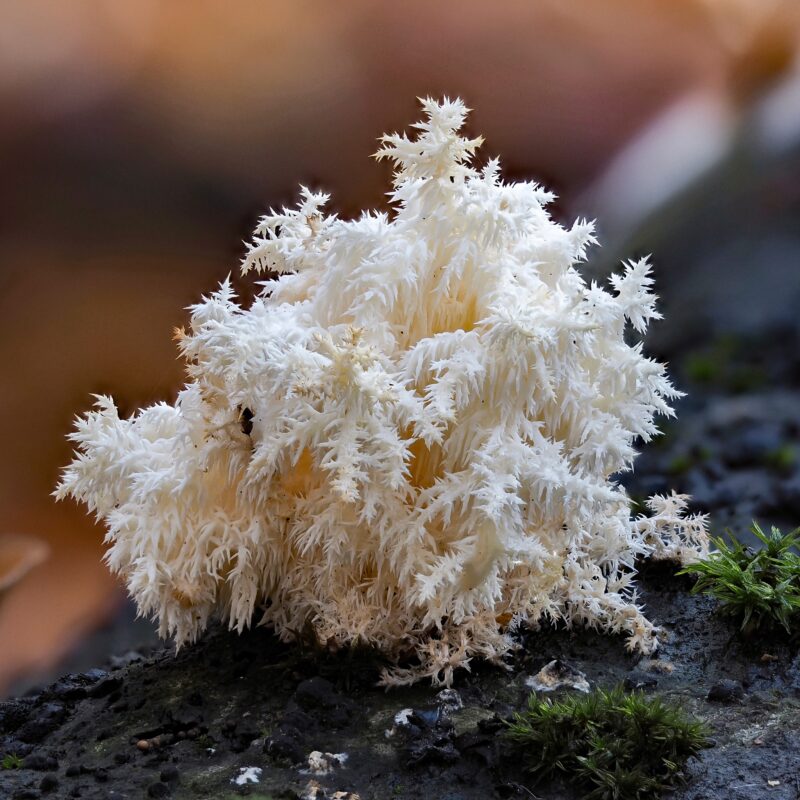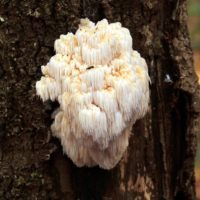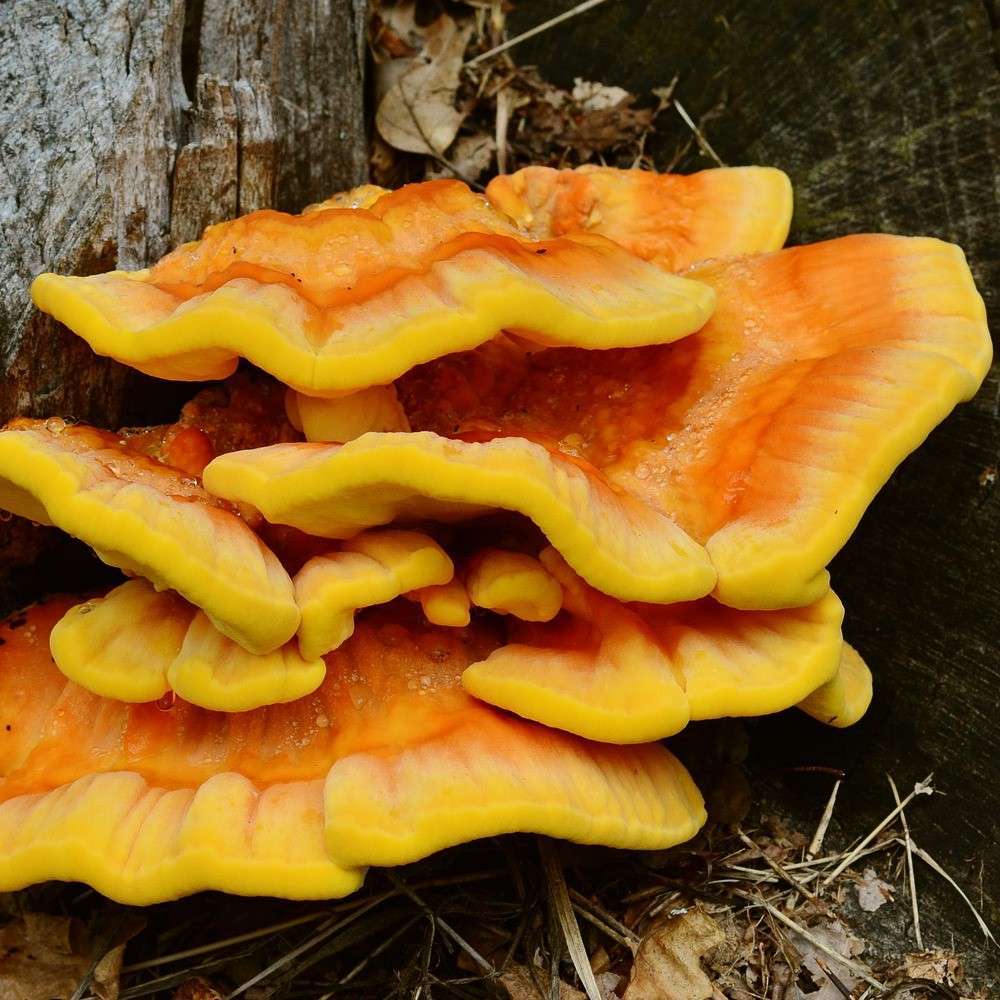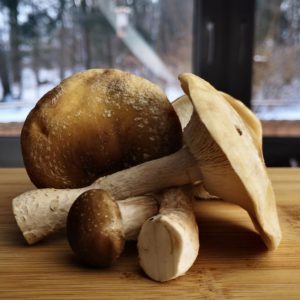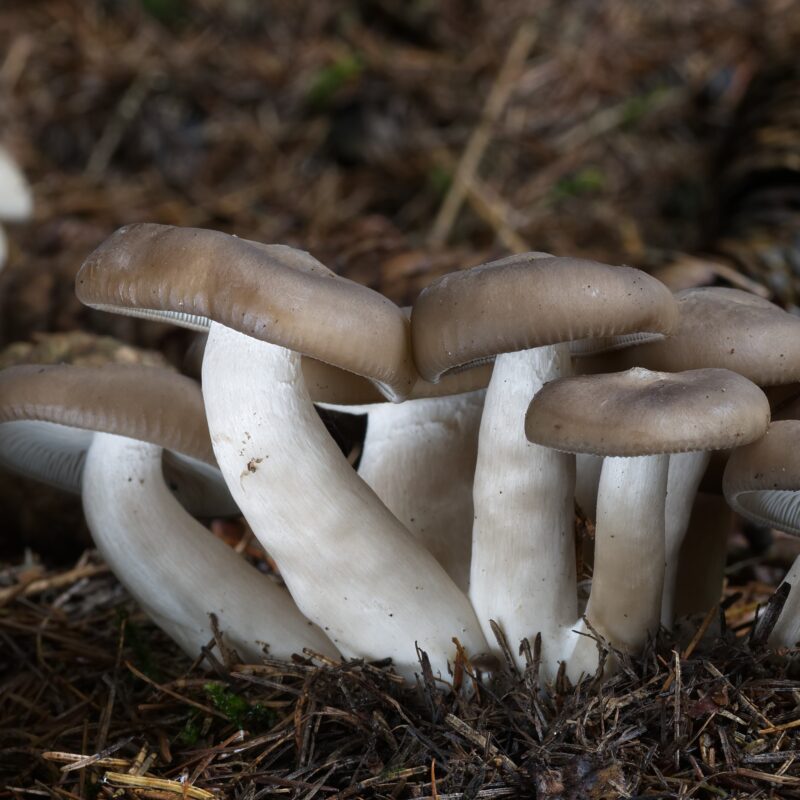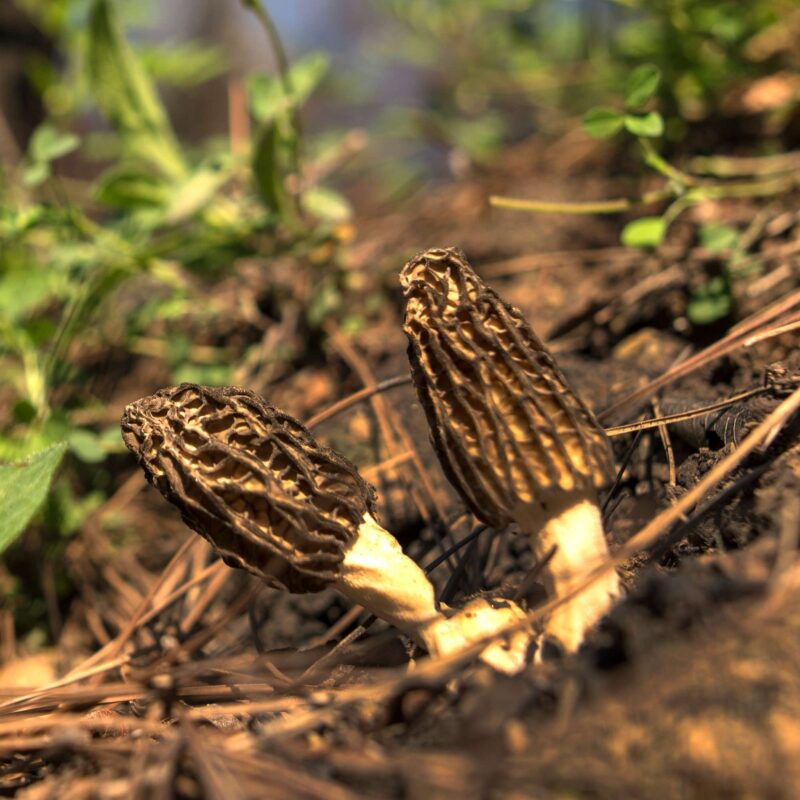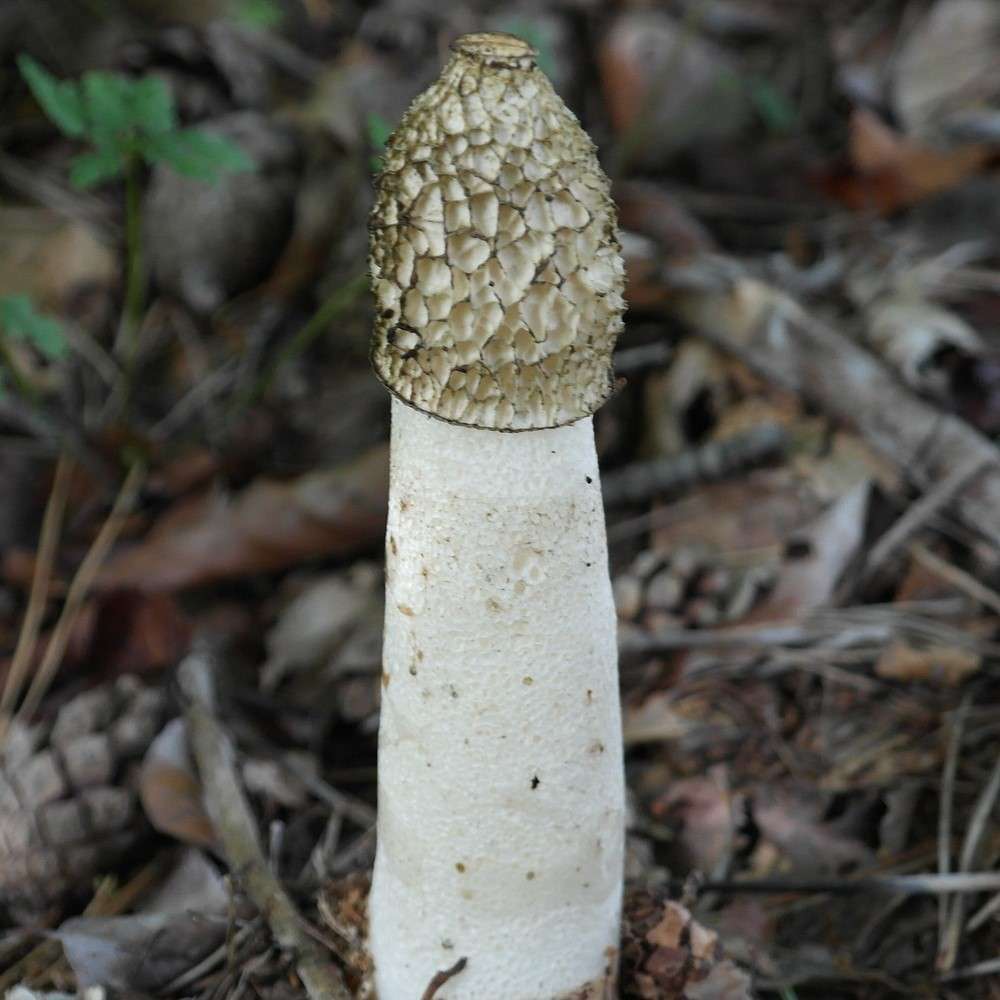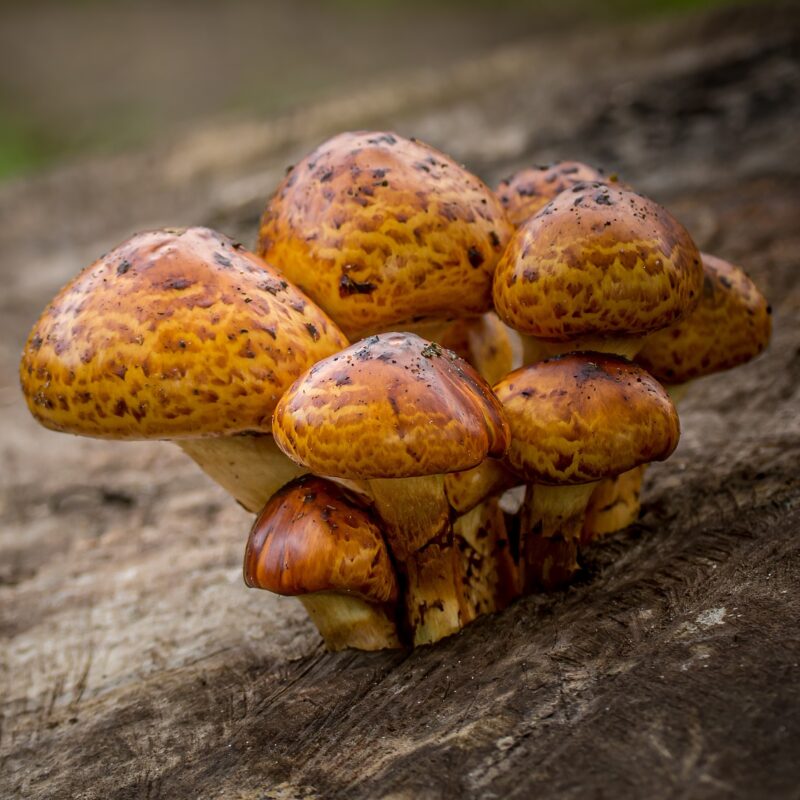Description
Properties
The Chinese caterpillar fungus (Ophiocordyceps sinensis), also Tibetan caterpillar fungus or Tibetan caterpillar club fungus, is a tubular fungus (Ascomycota) of the nuclear club group that attacks caterpillars. It is endemic to the highlands of Tibet. The mushroom plays a role in traditional Chinese medicine and is a sought-after medicinal mushroom. The secondary fruit form is Paecilomyces hepiali.
The Chinese caterpillar fungus has been valued for centuries and is still used as currency today. During the Cultural Revolution between 1966 and 1976, the market of the mushroom collapsed. At that time, a kilogram cost 21 yuan. From the 1980s, prices rose very quickly. The value of Chinese caterpillar mushroom increased about ninefold between 1997 and mid-2008. In mid-2008, it fetched between 60,000 and 160,000 yuan per kg in Lhasa, for example, depending on quality. In Shanghai, high quality specimens were selling for up to 320,000 yuan per kg at that time. Pills extracted from the mycelium fetch only a fraction of these prices.
Today, many of the modern drugs are purified versions of the chemicals found in those traditionally used medicines. It seems to be quite the herb considering there are many links and pages found online that lead to ways to purchase it. Since Caterpillar Fungus is found at such high altitudes, it is quite rare but fairly expensive. In fact, the price increases regularly recently hitting $53 dollars a pound with a consistent inflation rate from 100-300%.
-Caterpillar Fungus was credited for the success of women athletes at the National Games in Beijing in 1993! Three of the Chinese track runners set new world records!
-People give Caterpillar Fungus as gifts, and it’s not like giving someone coal, they are valuable gifts!
-The fruiting body is up to 4 inches long and half a centimeter wide! They aren’t your typical mushroom shape, either. They’re usually curved and club shaped.
-It also seems to act like an antioxidant in the body.
-It is also referred to as yartsa gunbu in Tibetan.
-In Chinese, it is often abbreviated as chong cao.
-Kids are taken with to help hunt for caterpillar fungus, because they are closer to the ground with better eye sight.
The fungus attacks caterpillars of the genus Thitarodes, which belongs to the butterfly family of root borers (Hepialidae). This affects 30 species of the approximately 40 species of this butterfly genus known from the highlands of Tibet. The infected caterpillars survive the winter in the soil, being less deep than uninfected individuals. In spring, the fruiting body emerges from the caterpillar’s head above the soil surface. As the fungus develops, the substrate is progressively decomposed until only the soft outer shell remains, filled with the mycelium of the fungus.
Fructification is thought to be favored by high rainfall in the previously occurring monsoon. Large amounts of snow in winter have a similar effect, especially if the spring is mild. However, long persistent snow cover results in decay of numerous fruiting bodies.
There are many Chinese legends about Cordyceps sinensis and myths out there about the characteristics and power of the Caterpillar Fungus. However, it seems to be consistently known that it was first discovered in China, most likely around 620 AD. It has been used in traditional Chinese medicines as a source to cure everything from cancer to sexual dysfunctions in both male and females. It was used in ancient China in the Emperor’s place for strengthening the body, aches, and illnesses. A few hundred years later, higher Chinese beauties used it as an ingredient in a fountain of youth to limit aging characteristics of their bodies. For quite some time they thought that this fungus was really a worm, because it simply resembled the shape of one. However, years of study proved otherwise. Either way, it is believed to have been used since a thousand years ago by either being ground into a powder or mixed.
Some people believe Cordyceps sinensis cures coughing, anemia, back and knee pains while increasing strength even after a long injury. It contains all of the essential amino acids and is also known to be used for fatigue, cancer treatment, kidney enhancement, respiratory treatment, heartbeat stabilizer, cholesterol reduction, HIV infection treatment in Africa, cholesterol stabilizer, and many other vital life symptoms.
In traditional Chinese and Tibetan medicine, Chinese caterpillar mushroom is considered invigorating and aphrodisiac. After China’s success in the 1992 Summer Olympics, Chinese athletes claimed to have taken Chinese caterpillar mushroom beforehand. It is also used to treat lung, liver, kidney, and cardiovascular ailments, as well as back pain.
Various types of cancer, various viral diseases, cholesterol regulation, increased libido, menstrual discomfort, stimulation of the immune system, infections, insomnia, blood formation, aphrodisiac effect, night sweats, rheumatism, reduction of joint and muscle pain, improvement of metabolism.
Chinese caterpillar fungus has probably been collected and used for at least 1,000 years. The first mention of the mushroom in traditional Tibetan medicine is in the 15th century by the physician Surkhar Nyamnyi Dorje (1439-1475).[4] In traditional Chinese medicine, it is first recorded in 1694 by Wang Ang.In the literature of the Western world, the first record is in 1736 by the Jesuit priest Jean-Baptiste Du Halde, who was treated with the mushroom by an imperial physician. Trade of the Chinese caterpillar fungus between Tibet and China dates back to at least the 17th century. It was used by the Tibetans as a barter item for tea and silk. To some extent, the mushroom still serves as currency today.
Today, Cordyceps sinensis is prized especially in the People’s Republic of China and other parts of East Asia. It has become a sign of prosperity and is often used as a gift. In addition, it has become a culinary status symbol in China, especially important during Chinese New Year. In addition, the mushroom is also sought after in Japan and Korea. On the western markets, the Chinese caterpillar fungus in unprocessed form is not yet widespread. The products offered are mostly pills, from the mycelium of the mushroom, which is artificially cultivated.
Due to the lucrative source of income for the collectors of the Chinese caterpillar fungus, profound changes in the social and economic conditions in the region took place in the last 15 years. The income favors access to medical care, education, transportation (especially motorcycles), consumer goods, and bank loans. In addition, goods and services within the rural population are increasingly paid for through cash rather than barter, for example. In particular, residents in the core area of the Chinese caterpillar fungus distribution range are now heavily dependent on income from collection activities.
1. Growing
Growing Procedure
Cordyceps sinesis, also called caterpillar fungus, is found in certain parts of the world on the caterpillar species Hepialus armoricanus, including some provinces of China and other parts of the higher Himalayan regions such as Nepal, Tibet, and India.
Cordyceps sinesis is probably not the first organism someone would look for in these areas when mammals such as black bears and snow leopards roam. The species Cordyceps sinesis also has a Tibetan name, yadza gümbu, which means “summer grass, winter worm.” This is because the spores of Cordyceps sinesis infect the caterpillar in the fall and completely fill the carcass with their mycelium until spring. The spores of this species are spread by natural forces such as the wind and land on the soil and plants that the insect feeds on, allowing the spores to germinate inside the insect. The dead caterpillar turns yellowish to brown, while the fruiting body continues to grow into the summer until it emerges from the head of the infected host. The fruiting body contains more spores, which are again dispersed into the wild by the wind to feed again as the cycle continues.
The life cycle of this species is successful because the fungus has adapted to the harsh conditions. The ability to thrive 3000 to 5000 meters above sea level is crucial for Cordyceps sinesis, which is found in the Himalayan mountains. Those that can withstand these conditions have strong defenses, as the low oxygen levels allow for few life forms. They also must withstand freezing temperatures in the deep soils of the Tibetan Plateau and Himalayan regions. Other organisms from Asia that are used to produce medicines are ginseng, which is also found near Nepal, and Dendrobium officinal, which grows in South Asia.
Growing
Agar Culture Media: MEA
Cropping:
Containers for fruiting: Jars with filter- & injectionports
Biological efficience:
Substrates:
PH: 6,2
S
|
P
|
F
|
|
|---|---|---|---|
Temp °C |
16-18 | 14-20 | 0-17 |
Relative Humidity % |
90-100 | 45-60 | 70-90 |
Duration d |
7 | 7-14 | 21-35 |
CO2 ppm |
>10000 | 10-15% | |
FAE per h |
0-1 | ||
Light lux |
– |
Affiliate Partner
Growing Characteristics
Cordyceps sinensis attacks caterpillars (genus Thitarodes) and dissolves them, first as a parasite and then as a secondary decomposer.
Natural Habitat
Chinese caterpillar fungus is found in grasslands and shrublands that receive at least 350 mm of precipitation per year, but usually at least 400 mm. Scaly sedges are predominant in the habitat. The infested caterpillars feed on young roots of knotweed, legumes, sour grasses (including scaly sedges), sweet grasses, and lily plants. Grazing in the highlands of Tibet has significantly increased the habitat of the fungus. It grows at altitudes between 3000m and 5000m. Locally it occurs in a range of 500 meters altitude around the tree line.
The fruiting bodies appear in spring from May, on the eastern slopes even from mid-April. Fructification lasts until mid-June, at higher elevations until mid-July. In some regions, the mushroom can be encountered at various elevations for nearly two months. Overstory specimens may persist into August.
Cordyceps sinensis is endemic to the highlands of Tibet. In this area it occurs widely in the southwest and somewhat less densely in the south. The range runs along the entire southern border of the Tibet Autonomous Region, with the core area of distribution covering the entire eastern part of Tibet as well as the entire southeastern part of Qinghai Province and the entire northwestern part of Sichuan Province, in addition to the extreme southwestern and extreme northwestern parts of Gansu and Yunnan Provinces, respectively. The southern foothills extend into northern Nepal, Bhutan, and India. In addition, the fungus has been reported from the Tian Shan and Altai regions of Xinjiang.
Grasslands and scrublands in Asia: China, Nepal, Bhutan, Tibet, India…
from summer to autumn
2. Identification
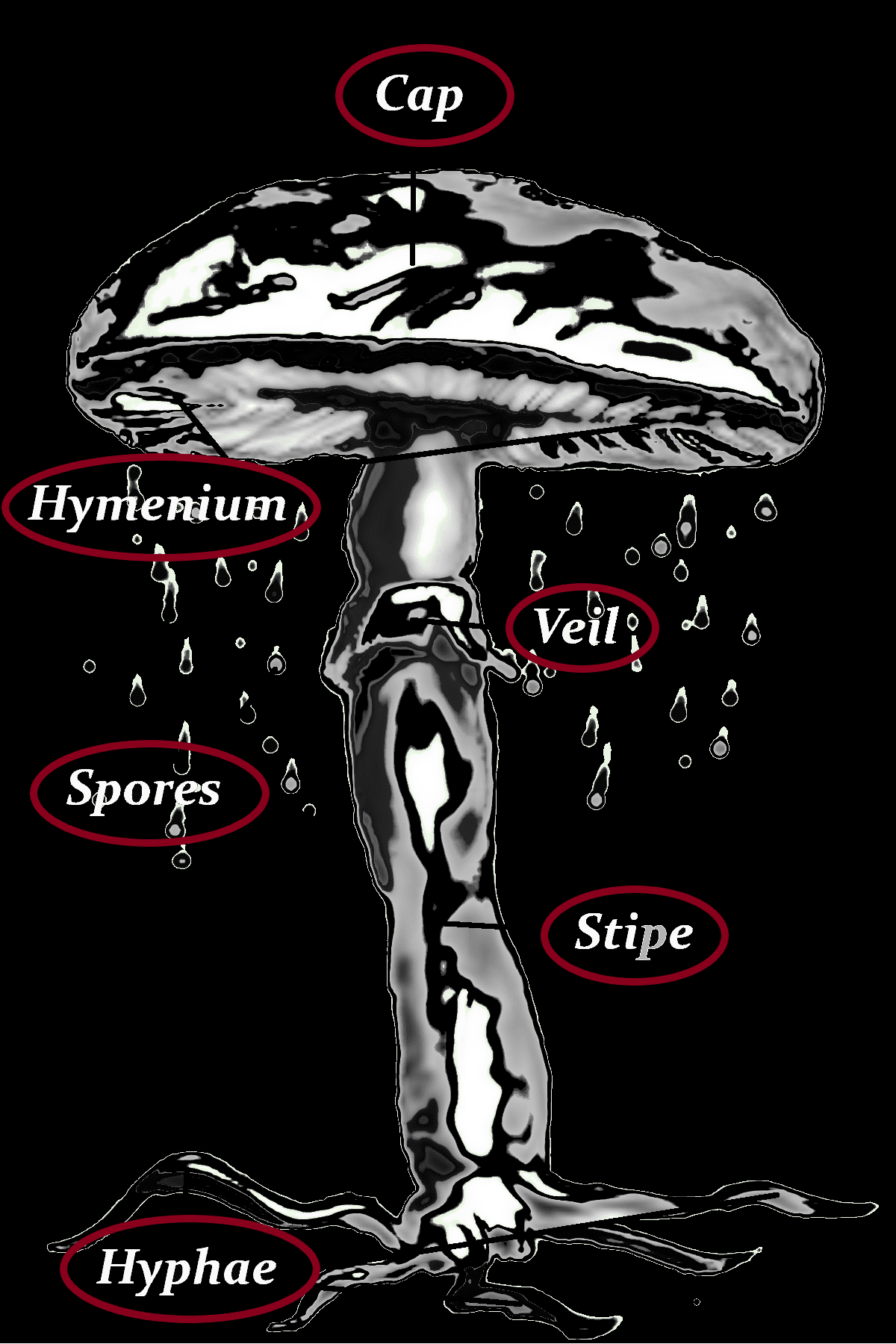
Cap
-7-10 (12) mm Ø
-brown, ochre brown, reddish brown
-slender
-club-shaped
-8-15 cm tall
-length about twice, the length of the infested caterpillar
Hymenium
–
Veil
–
Stipe
–
Hyphae
–
Spores
-white
-transparent
-5-12 μm
Danger of confusion
Binsen-Röhrenkeule (Macrotyphula Filiformis), Europäischer Raupenpilz, Wiesenkeule, Insektenkernkeule, Raupenkernkeule, Röhrige-Keule, Puppenkernkeule, Zungenkeule
© blatest
3. Consuming
Gourmet
Cordyceps sinensis is often cooked with chicken or duck.
Flesh
brownish
Taste
mild
Smell
negligible
Nutritional content
-
4. Data med, edible
other names
| Chinesisch (vereinfacht) | 冬虫夏草菌 |
| Englisch | Chinese Caterpillar Fungus |
| Litauisch | Kininis kordicepsas |
| Russisch | Кордицепс китайский |
| Thailändisch | เห็ดถั่งเช่า |
| Tibetan | Yartsa Gunbu |
| Türkisch | kordisep mantarı |
| Wissenschaftl. Name | Cordyceps sinensis |
| Wissenschaftl. Name | Ophiocordyceps sinensis |
| Tibetisch | དབྱར་རྩྭ་དགུན་འབུ |
| Wylie-Transliteration: | dbyar rtswa dgun ’bu |
| Transkription der VRCh: | Yarza Günbu |
| THDL-Transkription: | Yartsa Günbu |
| Andere Schreibweisen: | Yartsa Gunbu Nepali= Yarsagumba |
| Pinyin: | Dōngchóng Xiàcǎo |
other names
Ophiocordyceps Sinensis, Cordyceps Sinensis, Sphaeria Sinensis, Raupenpilz, Tibetischer Raupenkeulenpilz/ Raupenpilz, Chinesischer Raupenpilz, Chinesische Raupenpuppen- kernkeule
| Kingdom | Fungi |
|---|
| Division | Ascomycota |
| Class | Sordariomycetes |
| Order | Hypocreales |
| Family | Ophiocordycipitaceae |
| Genus | Ophiocordyceps |
| Species | O. sinensis |
| Ecology | Parasitic |



